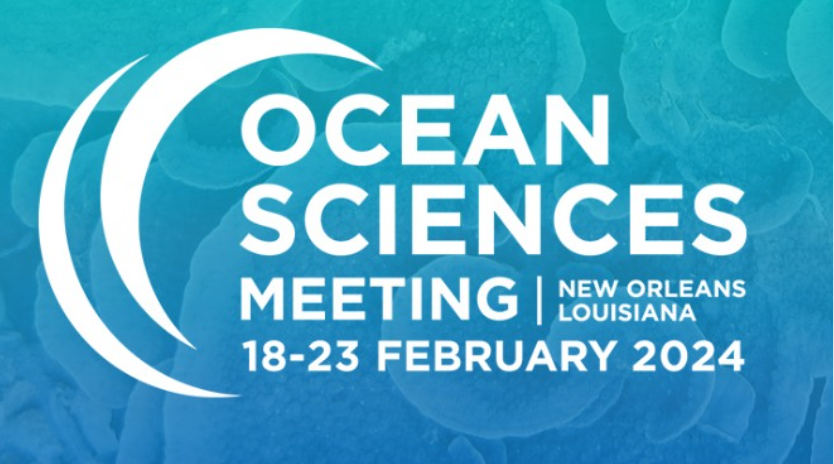Every two years, the American Geophysical Union’s Ocean Sciences Meeting unifies the oceans community to share findings, connect scientists from around the world, and advance the impact of science. We are honored and proud to announce that Benjamin Page will be presenting at the 2024 Ocean Sciences Meeting being held in New Orleans, Louisiana on February 19, 2024.

The Ocean Sciences Meeting 2024 is co-sponsored by the American Geophysical Union, the Association for the Sciences of Limnology and Oceanography (ASLO), and The Oceanography Society (TOS). Through the combined power of these three organizations, affiliated partners, and working with the broader conservation-focused community, this meeting provides attendees the opportunity to bridge disciplines, connect communities, and make lasting partnerships.
Benjamin will be presenting TSSC research on “Identification and Implementation of Strategic Aquatic-based Atmospheric Correction in Preparation for Landsat Next Science Data Processing,” research co-authored by Ben Roberts-Pierel, PhD and two other TSSC teammates. The abstract for the presentation is below:
Landsat Next is planned as a constellation of three observatories sent into orbit on the same launch vehicle in the early 2030s. Landsat Next will provide improved spectral, spatial, and temporal sampling for monitoring of dynamic land and water surfaces such as vegetation, wildfire burns, agricultural crop residue, reservoirs and waterways, coastal and wetland regions, glaciers, snow, and dynamic ice sheets among other traditional Landsat science applications. Decades of research and development in the aquatic remote sensing domain has offered several pathways to optimally process space-borne multispectral and imaging spectroscopy data to retrieve water-leaving radiances for water quality monitoring and ocean color mapping applications. However, harmonizing atmospherically corrected image data between the conceived three instrument constellation including continuity with heritage Landsat missions will present unique calibration and validation challenges. This study focuses on identifying the critical steps in atmospheric correction and radiative transfer theory to better understand and quantify Landsat Next spectral sampling over aquatic targets. Existing imaging spectroscopy platforms like EnMAP, PRISMA, DESIS, and EMIT can provide supplementary and pre-planning insights into how candidate atmospheric correction algorithms are performing across target lakes and coastal zones when compared to current Landsat 8 and 9 observations. Lessons learned from these initial investigations and the published literature will assist NASA and USGS to better understand the potential capabilities and limitations of global aquatic pre-processing and mapping applications with Landsat Next science data.
Benjamin will also present this research at the International Ocean Colour Science meeting in November 2023 with Ben Roberts-Pierel.
Congratulations, Benjamin! It’s always great to see the scientific community recognizing your well-deserved contributions.
